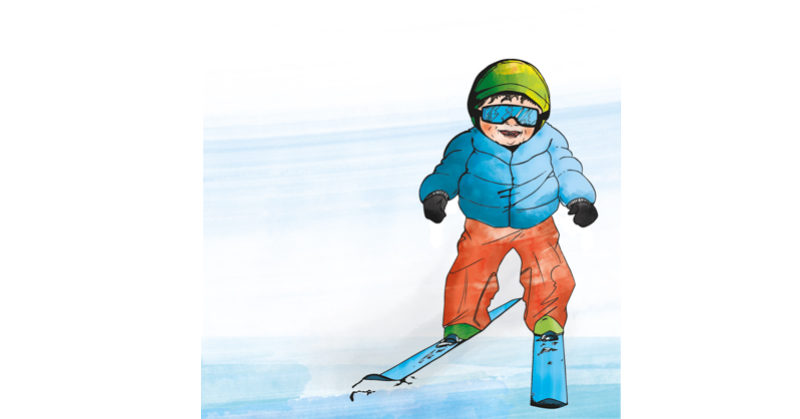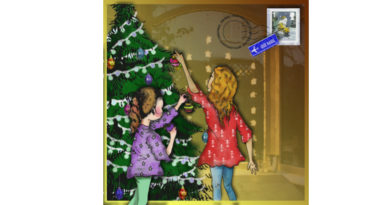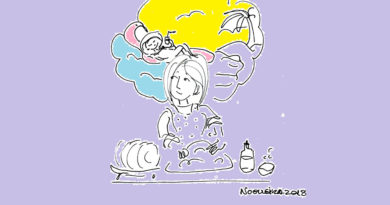Risk-taking 101
It is ski season, and I have been out quite a bit to ski with my children. My youngest two are still beginners so my wife and I stick to easy runs with them, but my oldest daughter is a pretty good skier. She and I have had some fun this year going off-piste to find a bit of nice snow and escape the slush and ice, but we do so with caution.
I have made an effort to educate myself on off-piste skiing over the past few years and have gone on some guided outings to expand my experience and knowledge. I spend time discussing the risks of off-piste skiing with my daughter, and along the way, I keep asking myself how much risk I should expose her to. All forms of skiing can be dangerous, so some degree of risk-taking is required to develop the knowledge and experience to avoid accidents. The big question is: where does risk-taking go from being beneficial to reckless?
The experience with skiing has made me think about the dangers that exist in everyday life, and what I’m doing to prepare my children to stay safe in the future. I believe trying to shelter them from all risks would deprive them of the experiences needed to recognize and deal with danger, so that is not an option.
I approach as many risky scenarios with them as I can. My strategy, in order to do this safely, is to analyze new scenarios together and then test their comprehension by letting them handle future instances on their own. I look at each “testing” opportunity carefully and evaluate the consequences should they fail. I ask myself whether this would be a “booboo” situation or a “deadly” situation, to determine how much I should interfere.
When encountering new scenarios, we basically discuss things in two steps. First, we look at all of the potential dangers, and then we take every available precaution to avoid accidents and injury. The amount of risk they choose to take from that point on is mostly left for them to decide.
My children have all of the protective gear they need for the sports they engage in. I have made it mandatory that they wear their helmet for all “riding” sports. They also have elbow/knee pads and wrist guards available for sports like skateboarding, rollerblading and ice-skating. I have explained the various risks of injury and why they should consider wearing pads. From there, it is their choice to use them.
As bad as a broken arm might be, most likely it will not be fatal or life changing. I know there will be times in life when kids will not take every precautionary measure. It is in our human nature to take some chances here and there, and sometimes what is absolutely necessary is just not obvious. My goal is to help them understand what is most critical and let them know that future decision-making will be their responsibility.
Not all decision-making is as clear and easy as deciding to put on a helmet. The off-piste skiing example requires knowledge and training to pick up on subtle conditions that are potentially dangerous. Swimming in Swiss lakes has a fair amount of risk. Letting our children walk to school can make us nervous, because we know there is always a risk that something bad could happen. Allowing our children to do these types of things does not constitute reckless behavior in my book, unless they have not been prepared for such activities.
I have come to the conclusion that facing life’s dangers with respect and a healthy dose of fear is what I need to emphasize to my children. Respect means we seek to understand dangers, develop skills through training with qualified persons, and practice our skills. Respect also means knowing our own personal limits. If we ignore our known limits and take the risk anyway, then it becomes reckless behavior.
A healthy dose of fear helps us gauge the intangible and unknown aspects of a situation. It’s not always clear whether a situation is safe or not. Sometimes we have to rely on our sense of fear and listen to the uncomfortable feeling that is telling us to turn back. This requires practice and experience.
I do not sugarcoat things with my children when it comes to the harms that can come from certain activities. I tell them exactly what can happen if they take risks they are not prepared to handle. Although this may scare them a bit, it is not meant to stop them from doing all things that make them afraid. Instead, my message to them is to make sure they have prepared themselves to proceed safely, and if they haven’t, don’t do it.
By Brian Wilson
Brian is the father of three children. He teaches golf and coordinates a Zurich Dads group in his spare time. email: bwilsoniag@gmail.com
Illustration by BVisual.
Beth works as special educational needs teacher. She graduated from university after studying visual communication, specialising in illustration, and then went on to do post graduate studies in education. Beth’s been working as a freelance creative alongside her teaching, and has undertaken projects involving portraits and editorial illustrations under her artist’s name BVisual.




